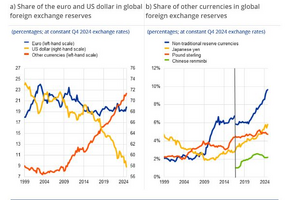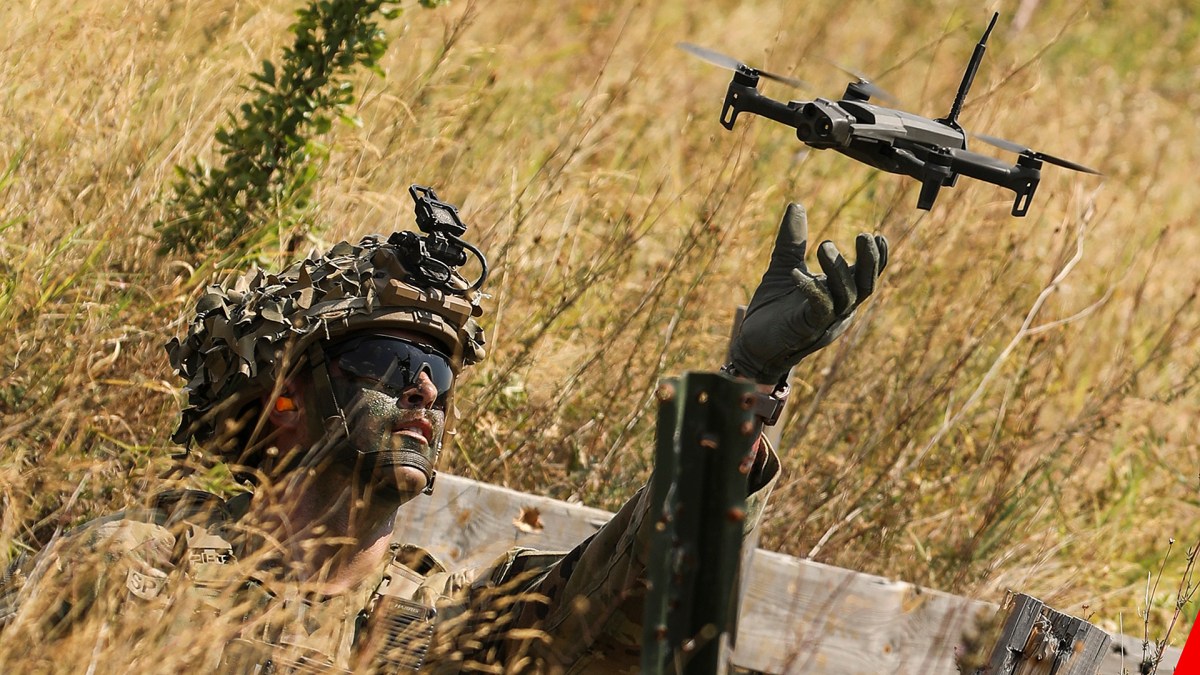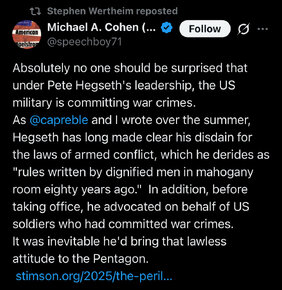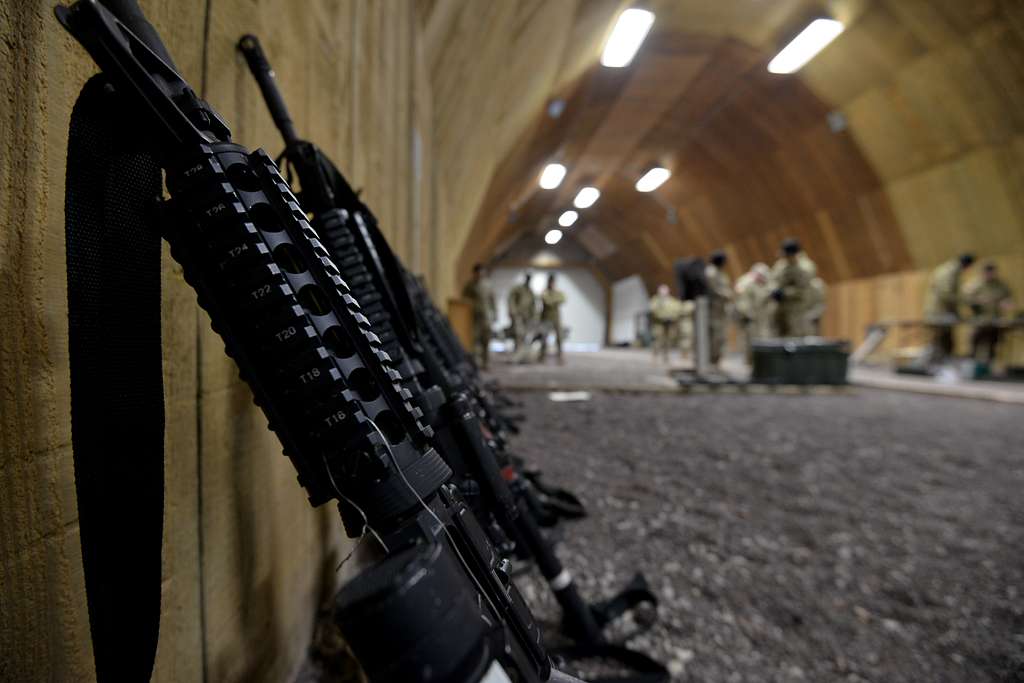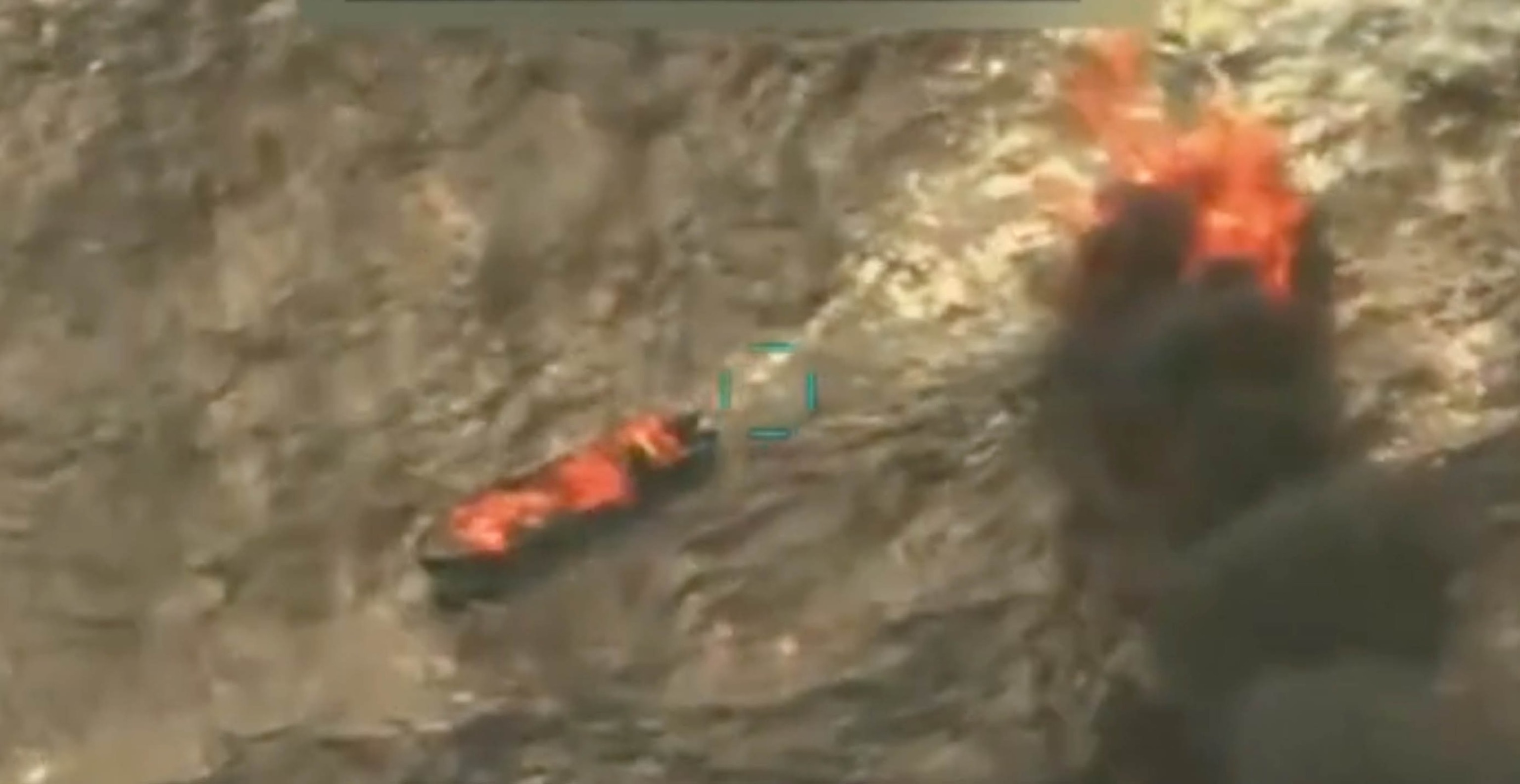KipPotapych
Well-Known Member
Nothing to do with defense or geostrategic issues, so my apologies. I just felt like posting this on this day and this is the most logical place for it.


There is an old article in the New Yorker about the man that everyone should read (use archive or whatever if behind a paywall):
My dad was driving me to McMaster University (the first university I attended). Not sure why, I think I missed the bus and was late and he happened to be home. We were standing at the intersection (Longwood and Main, turning left, towards the university), waiting for the light to turn green. That was the moment they announced on the radio that a plane hit the first tower. I was already at the student centre when the second plane hit the south tower. I remember sitting in the vehicle at that intersection pretty vividly. It is something that will probably stay with me as long as my brain can function properly.


There is an old article in the New Yorker about the man that everyone should read (use archive or whatever if behind a paywall):
My dad was driving me to McMaster University (the first university I attended). Not sure why, I think I missed the bus and was late and he happened to be home. We were standing at the intersection (Longwood and Main, turning left, towards the university), waiting for the light to turn green. That was the moment they announced on the radio that a plane hit the first tower. I was already at the student centre when the second plane hit the south tower. I remember sitting in the vehicle at that intersection pretty vividly. It is something that will probably stay with me as long as my brain can function properly.


